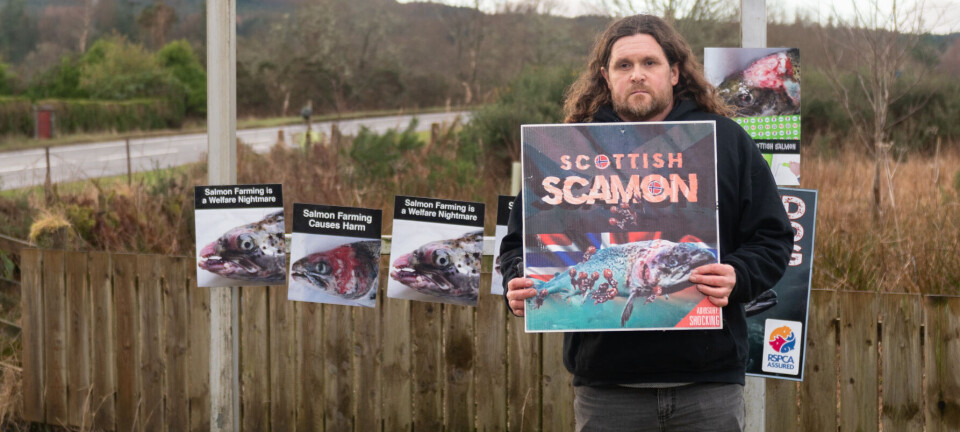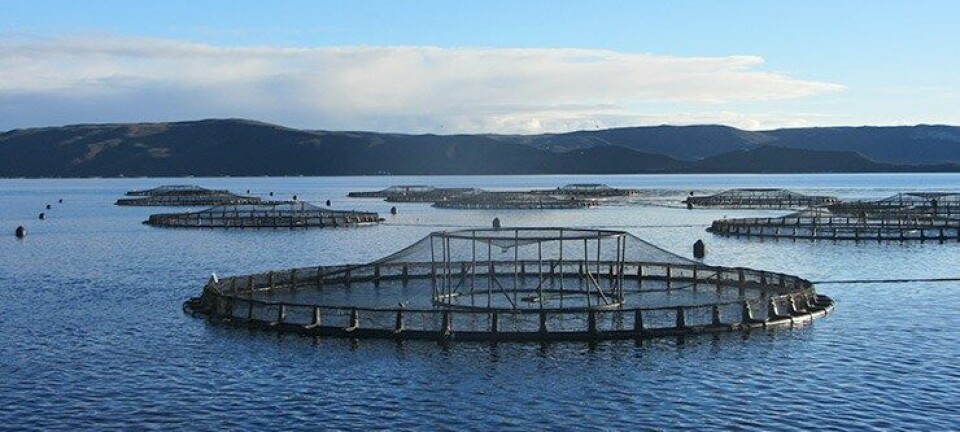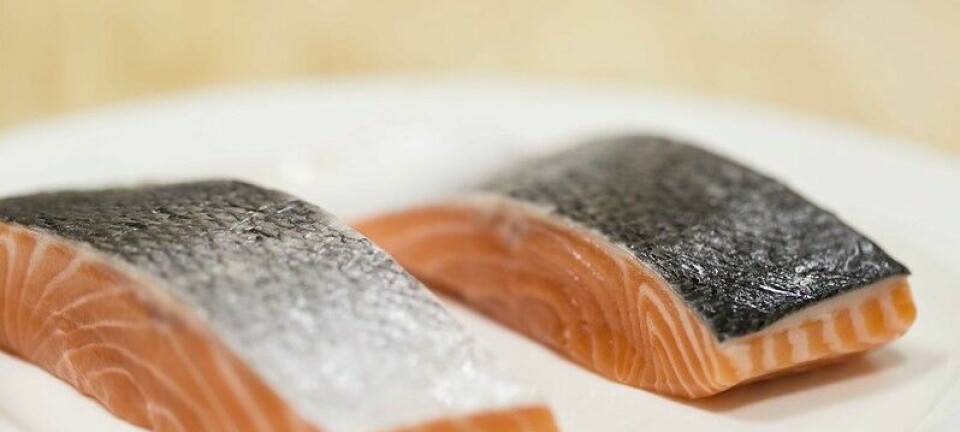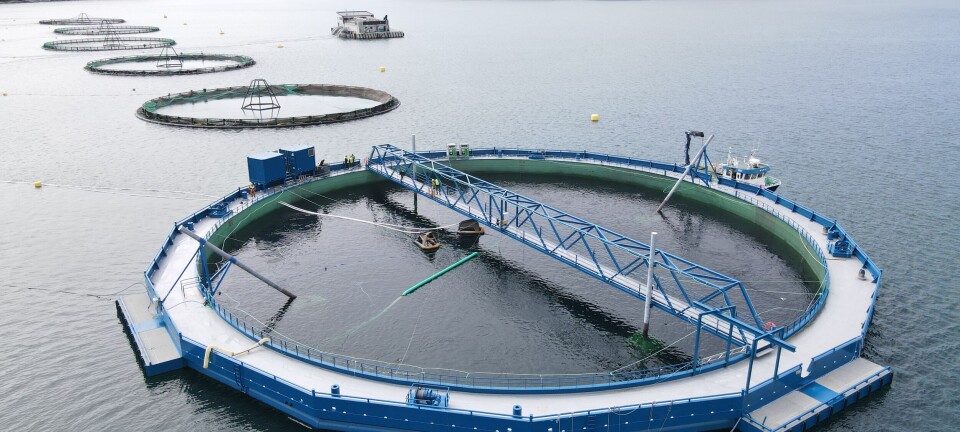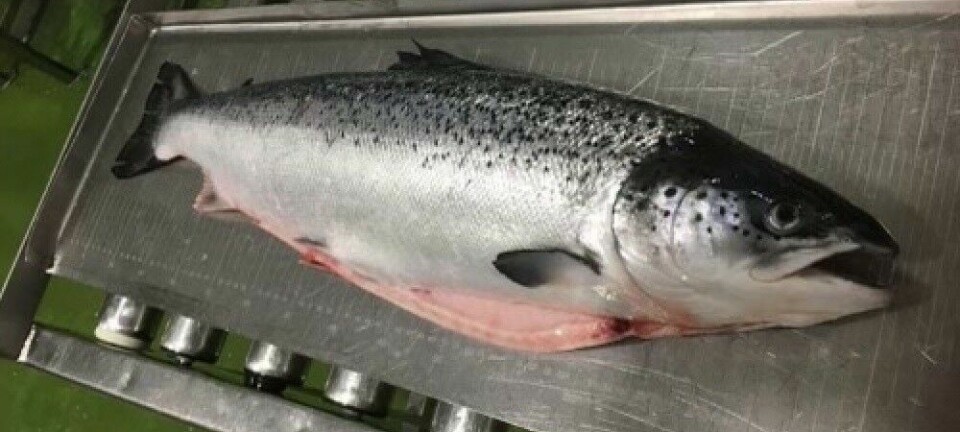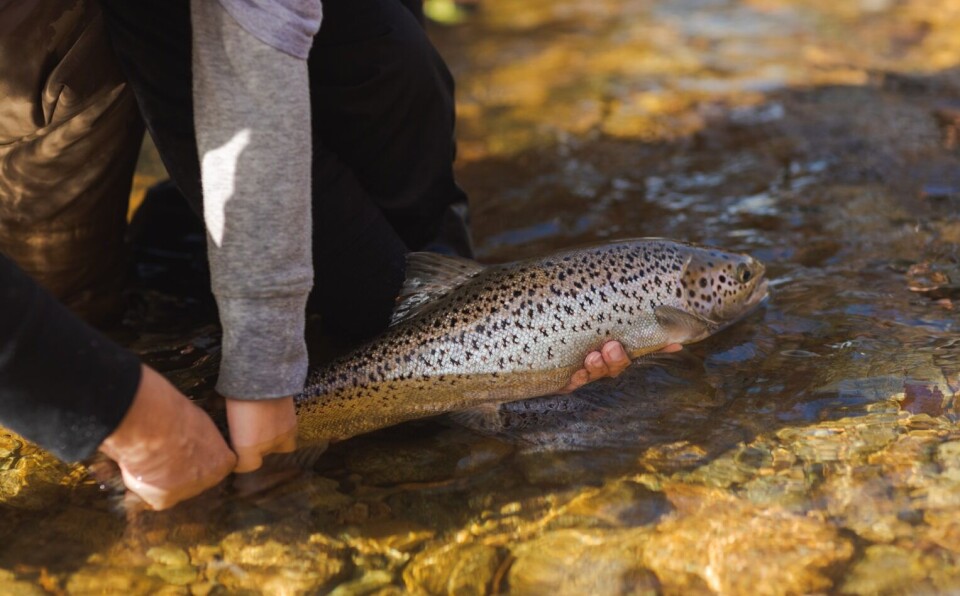
Canadian salmon recovery project launches $1.9m research phase
Fish farming-linked programme seeks data to enhance impact of wild fish nursery
A project that uses salmon farming techniques to boost numbers of endangered wild salmon in Atlantic Canada is undertaking new research to speed up recovery of wild populations.
Fundy Salmon Recovery is a partnership between academia, First Nations, government and private industry that is helping recovery of Inner Bay of Fundy wild Atlantic salmon, which has been listed as an endangered species since 2003. The programme involves capturing young Atlantic salmon from the wild, rearing them on a dedicated marine farm site until maturity, and then releasing them back to native rivers to spawn naturally.
Now, the Atlantic Canada Fish Farmers Association (ACFFA), the University of New Brunswick (UNB), and Fort Folly Habitat Recovery (FFHR) are conducting research designed to evaluate the efficacy of using wild-exposed salmon to restore Atlantic salmon populations in the region.
The research project has a cost of CAD 1,912,446 (£1.1m), of which CAD 921,744 is coming from the Canadian government’s Atlantic Fisheries Fund.
Key activities
Key activities of the research include:
- Enhanced detection and monitoring systems in the Petitcodiac River and rivers in Fundy National Park to track adult salmon movement and distinguish between true wild returns and restoration program salmon.
- Genetic diversity testing and evaluation of epigenetic changes to better understand and protect salmon populations.
- Expanded in-river assessments to monitor spawning, juvenile production, and kelts (a salmon that has spawned at least once and did not die afterwards), generating valuable new data to refine restoration strategies.
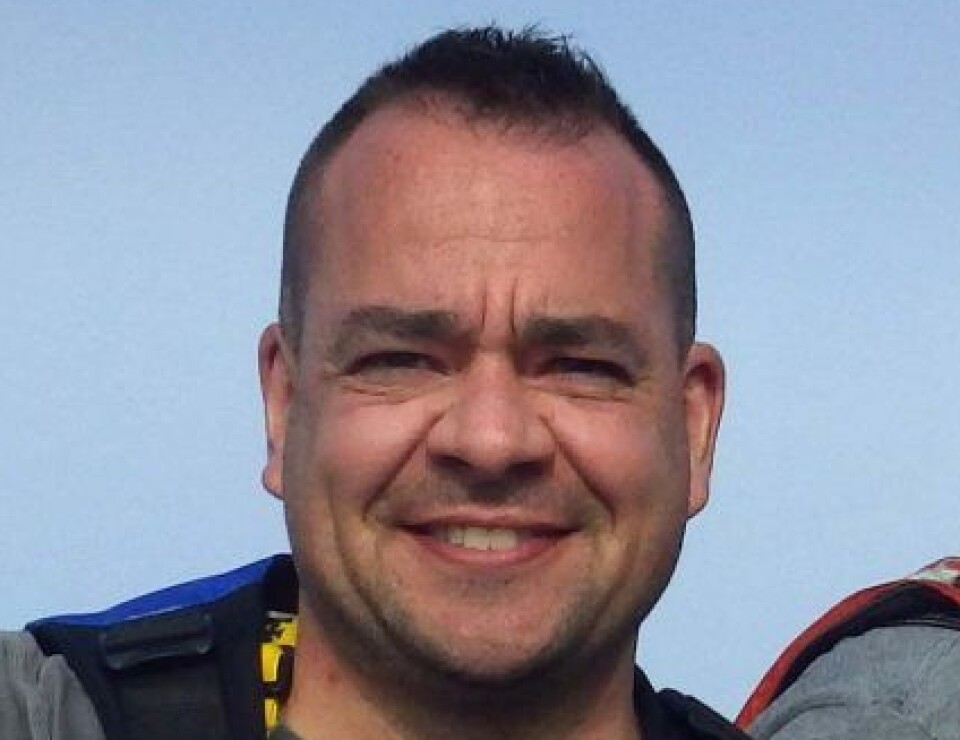
The Fundy Salmon Recovery model has changed the face of Atlantic salmon restoration
Dr Kurt Samways
“This species’ survival depends on human intervention, innovative thinking, and the dedication of our project partners,” said Susan Farquharson, executive director of ACFFA. “These activities are vital steps in informing efforts and refining our Atlantic salmon restoration strategies. The data gathered during this project will help us reach our goal to restore and preserve wild Atlantic salmon for future generations. We are grateful for the support from the Atlantic Fisheries Fund.”
Cultural identity
Chief Rebecca Knockwood, of Fort Folly First Nation, said: “The recovery of this population of endangered Atlantic salmon is of critical importance, as they are deeply intertwined in the heritage and culture of the Mi’gmaq people. Their reintroduction to the Petitcodiac is not only about the return of a lost population, but about reclaiming and sharing our cultural identity, healing historical wounds, and promoting sustainable stewardship of our lands and waters.”
Dr Kurt Samways, associate professor of the University of New Brunswick, said the Fundy Salmon Recovery model had "changed the face of Atlantic salmon restoration and resulted in increased wild-hatched juvenile salmon production, increased number of adult salmon returning to spawn, and healthier, more productive rivers".
“This new research will help us continue to guide efforts to rebuild a lost population,” added Samways.






